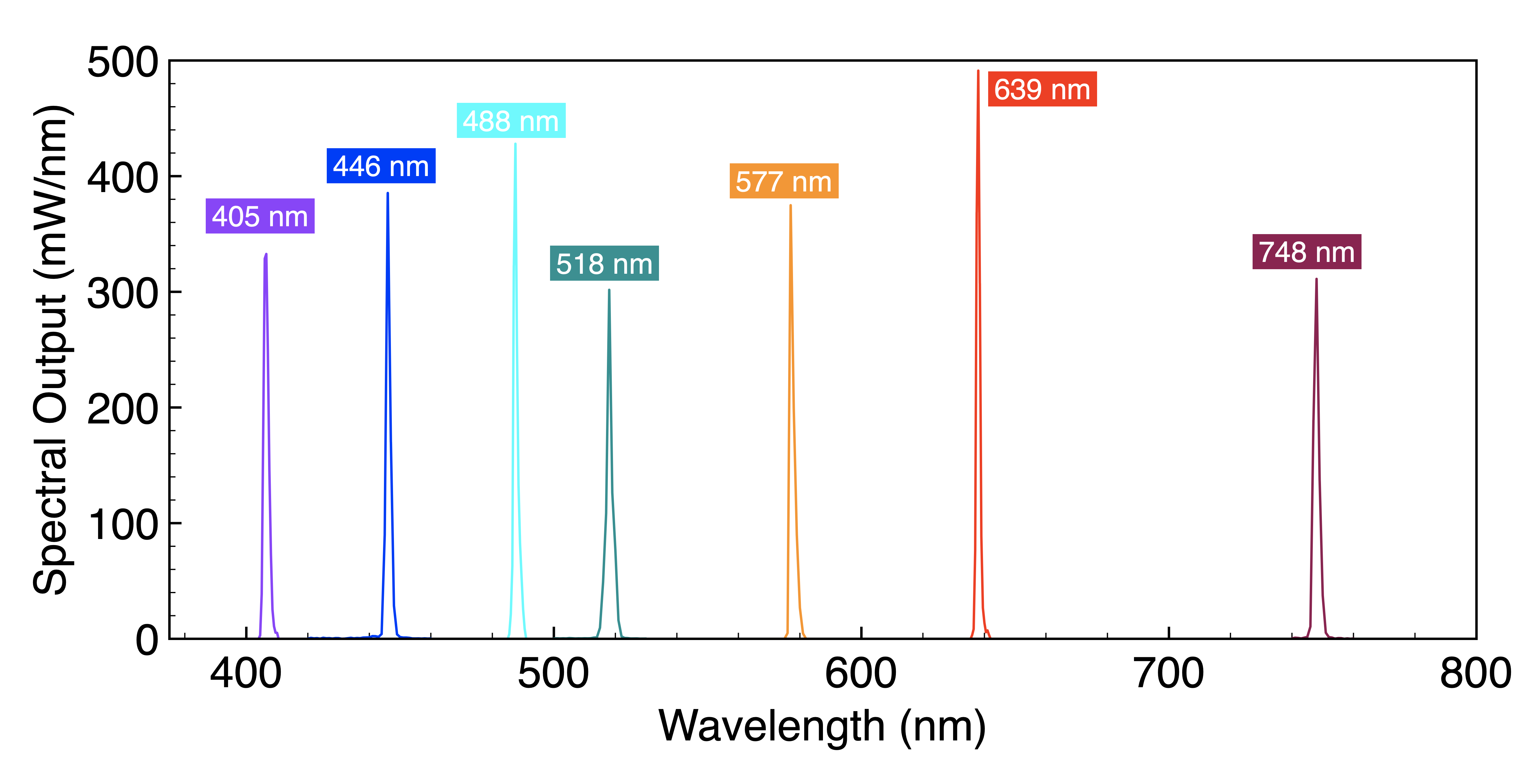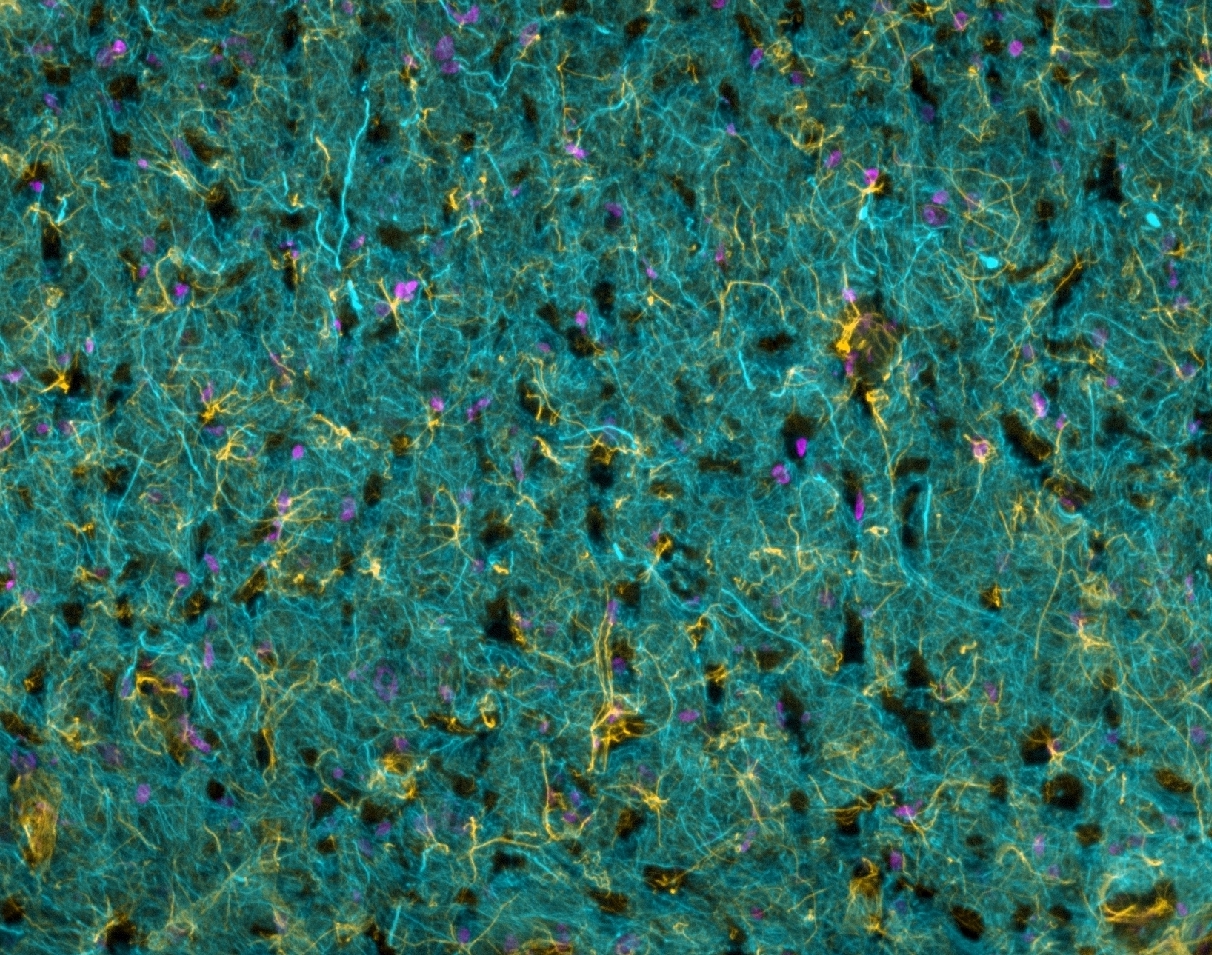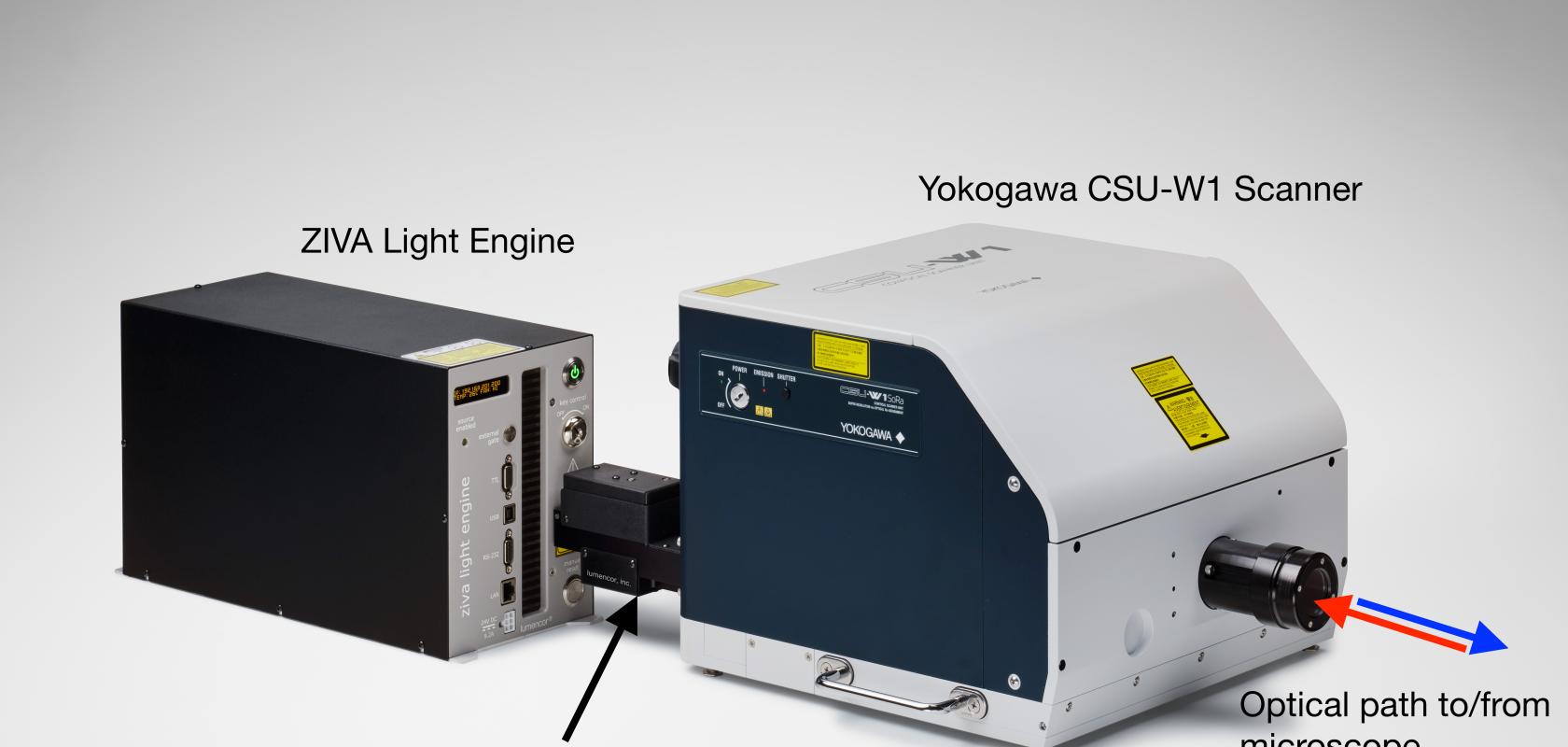Spinning disk confocal microscopy (SDCM) for three-dimensional imaging of cells, tissues, and model organisms originated in the 1960s as an alternative to laser scanning confocal microscopy (LSCM).
The first widely adopted commercial SDCM system was the Yokogawa CSU-10 scanner introduced in 1996. The principal difference between the techniques is the optical scanning mechanism, sequential single-point scanning in LSCM versus parallel multi-point scanning in SDCM.
Consequently, the scan speed of SDCM is faster and the instantaneous light intensity delivered at each scan point is lower than for LSCM. These two characteristics of SDCM are critical for applications in living cells and tissues where phototoxicity can compromise specimen integrity and interactions occurring on sub-second timescales have biological significance.
Light sources for SDCM applications
Because LSCM and SDCM use spatial filtering to reject out-of-focus light, optical throughput is low, necessitating the use of high irradiance laser light sources. Early implementations of SDCM used single-mode lasers coupled to the scan head by single-mode fibres. These systems were typically larger and more expensive than the confocal scanners themselves.
The number of discrete laser lines available to support simultaneous detection of multiple molecular or structural targets was no more than four. More recently, the advantages of using multimode lasers and multimode coupling fibres in terms of increased (but not excessive) irradiance, improved illumination field uniformity and less vulnerability to optical misalignment have been recognized and implemented. The Yokogawa CSU scanner has benefited from several technical improvements since 1996, notably increased scan speed, increased field of view and optimised disk pinhole spacing. These improvements were all implemented in the CSU scanner introduced in 2012.
Lumencor’s ZIVA Light Engine
Lumencor’s ZIVA Light Engine for Yokogawa CSU is designed to allow researchers to take full advantage of the capabilities of the Yokogawa CSU. The ZIVA Light Engine incorporates seven laser sources (Figure 1) with wavelength selection by direct electronic on/off switching, without the encumbrance of accessory output modulators such as acousto-optic tunable filters (AOTFs).

Figure 1: Spectral output of ZIVA Light Engine for Yokogawa CSU
The Light Engine incorporates beam shaping optics producing a square illumination profile matching the form factor of the sCMOS sensor that records the image of the specimen. Light output is free- space coupled to the Yokogawa CSU scanner through a precision-engineered adapter (Figure 2, top of page) producing intense and uniform illumination at the sample plane. By dispensing with intermediate optical elements such as AOTFs and coupling fibres, light throughput is improved, and the size and cost of the system is reduced relative to single-mode laser launches.
The ZIVA Light Engine provides the most extensive array of laser sources for SDCM using the Yokogawa CSU (Figure 3). Implementation of direct electronic on/off switching and direct optical coupling has enabled the ZIVA Light Engine to be brought to market at a price below that of the CSU scanner. Furthermore, direct optical coupling to the scanner results in consistent performance across all seven laser sources.

Figure 3: Single optical section of a rat brain slice imaged at 20X using a ZIVA Light Engine coupled to a Yokogawa CSU confocal scanner
Further information
Learn more about ZIVA Light Engine for Yokogawa CSU.


